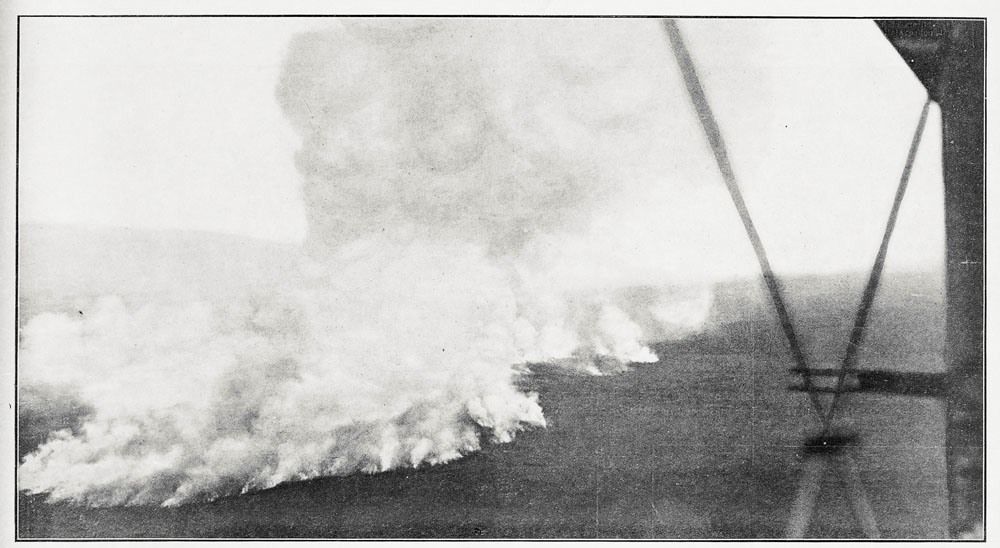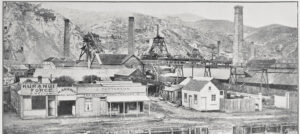As part of a Valley Profile series, MEGHAN HAWKES searches through old newspapers to bring you the stories Thames Valley locals once read about themselves.
1931
A fire which broke in a large tract of disused land known as the Thames Borough endowment area quickly assumed large and dangerous proportions. A light northerly wind drove the flames and it was estimated that the fire travelled some five miles in a single night. Peat provided fuel for the flames, but the fiercest portions of the fire were caused by huge areas of standing flax and scrub. The fires raged without interruption and passed over between 10,000 and 15,000 acres. Thousands of tons of flax were destroyed. A huge area was laid waste, including the whole of the Thames Borough endowment area, which contained many hundreds of acres of valuable flax. At night the fire showed up in a bright wall of flame some five miles in expanse, and at times resembled a city in the grip of a conflagration. The reflections were most awe-inspiring. The long curving bank of flames and the reflection in the lowering clouds made the country look as though it were in the throes of one of the old-time bush fires.The picking of blackberries at Paeroa provided nine of Auckland’s unemployed with a lucrative source of revenue for a fortnight. The blackberries were of good quality in great quantity. The men worked seven days in the week and between 12 and 13 hours a day, and at the end of the fortnight had picked 70 kerosene tins full of berries. Each tin averaged about 301b. An Auckland firm paid them 2 shillings per lb for the fruit. The residents of Paeroa treated the men exceptionally well, and they had been lent a house, where they camped the fortnight. At Karangahake a relief camp under the scheme for giving single men work under the Main Highways Board was established. The Public Works Department took over a county council shed and two old houses, and had them fitted up to accommodate 50 men. A Paeroa man was engaged as cook. The men were to widen and straighten the Paeroa- Waihī Road on both sides of Karangahake. The popularity of the Thames Coast as a holiday seaside resort was very evident. Around 100 camping parties from all parts of the province were under canvas at Thornton’s Bay, Puru and Waiomu, where the Thames Borough Council’s 11 acre reserve was much appreciated. On New Year’s Day over 2000 people thronged the beaches. The pōhutukawa, for which the coast road was famous, were blooming later than usual, presenting a gorgeous picture. The danger of indiscriminately throwing fruit skins on the sidewalks was demonstrated when an elderly Waihī man fell as a result of slipping on a banana skin in Kenny Street. He said he thought the chief participators in the ‘skin game’ were secondary and primary pupils of the Waihī schools who walked about the town eating their lunches. In the absence of proper rubbish receptacles provided by the Borough Council he suggested that the young people might at least go to the trouble of throwing the refuse in the waterways.




